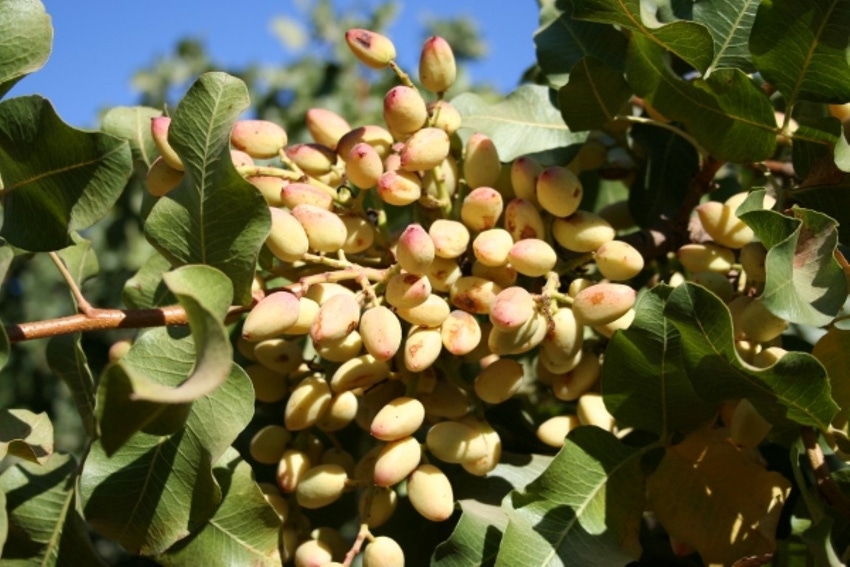
As a teenager growing up in Mississippi, I took care of my grandma’s yard every Saturday morning – mowing her hilly front, back, and side yards and sweating profusely in the summer heat and humidity. The hard work was followed by a delicious home-cooked lunch fit for a king.
Afterwards, the real prize awaited – a trek out the back door to a small pecan grove to pick up all the pecans I could carry. Pecans in Mississippi are what almonds, pistachios, pecans, and walnuts are today to those on or near the Left Coast.
The western tree nut industry has certainly faced its challenges in recent years. Short water supplies from 4-5 years of drought (depending on the orchard location and water regulators) have reduced production, nut size, and tree health.
Meanwhile, the economic doldrums in Asian have hurt U.S. nut exports. Grower prices, for various reasons, have declined. The pistachio industry was spanked by Mother Nature with low chilling hours during the 2014-2015 winter, and dry conditions in recent years, to reduce yields about 40 percent on average. The walnut industry has faced overproduction tied to challenged sales.
In essence, the always booming western tree nut industry has been in an emergency room of sorts awaiting help.
Today, there are many positive signs that the tree nut industry is getting its ‘mojo’ back. The Almond Board of California is asking USDA to allow an assessment increase on almonds from three-to-four cents per pound to better handle regulatory, sustainability, and other challenges in the industry’s crosshairs.
The pistachio industry has a good crop on the trees this year, thanks in part to an El Nino-driven wetter winter, and a hearty number of winter chilling hours which set a good 2016 crop.
And the U.S. pecan industry this spring voted by a whopping 77 percent “Yes” vote to launch a federal marketing order to better promote its nut fare. This should have happened decades ago but the FMO passage should turn the page to increased demand, sales, and production.
For those of us who depend on a daily serving of almonds, walnuts, pistachios, or pecans to refuel the mind and the body, this is good news. Hopefully, more black ink will reappear soon on many growers’ and handlers’ financial ledgers.
About the Author(s)
You May Also Like






